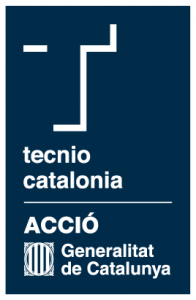Publication
Topological reconstruction of sampled surfaces via Morse theory
Journal Article (2026)
Journal
Journal of Computational and Applied Mathematics
Pages
116872
Volume
473
Doc link
https://doi.org/10.1016/j.cam.2025.116872
File
Authors
-
Coltraro, Franco
-
Amorós Torrent, Jaume
-
Alberich Carramiñana, Maria
-
Torras Genís, Carme
Projects associated
Abstract
In this work, we study the perception problem for sampled surfaces (possibly with boundary) using tools from computational topology, specifically, how to identify their underlying topology starting from point-cloud samples in space, such as those obtained with 3D scanners. We present a reconstruction algorithm based on a careful topological study of the point sample that allows us to obtain a cellular decomposition of it using a Morse function. No triangulation or local implicit equations are used as intermediate steps, avoiding in this way reconstruction-induced artifices. The algorithm can be run without any prior knowledge of the surface topology, density or regularity of the point-sample. The results consist of a piece-wise decomposition of the given surface as a union of Morse cells (i.e. topological disks), suitable for tasks such as mesh-independent reparametrization or noise-filtering, and a small-rank cellular complex determining the topology of the surface. The algorithm, which we test with several real and synthetic sampled surfaces, can be applied to clouds coming from smooth surfaces with or without boundary, embedded in an ambient space of any dimension.
Categories
computer vision, object detection.
Author keywords
Computational topology, Morse functions, Surface reconstruction, Point-clouds
Scientific reference
F. Coltraro, J. Amorós, M. Alberich-Carramiñana and C. Torras. Topological reconstruction of sampled surfaces via Morse theory. Journal of Computational and Applied Mathematics, 473: 116872, 2026.




Follow us!